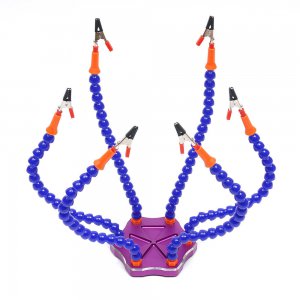- Joined
- Feb 25, 2023
- Messages
- 38
Hello,
I find myself in need of making a coupling. From (11.1125mm) 7/16 20TPI to (0.39370079in) M10x1.0.
I'm curious, what size steel rod would I use? It's unclear to me what thickness of material would be sufficient for my application.
And what is my application? A soldering station arm holder device. My problem is that the plastic arms broke after a few years. And I'm only using it as a hobbyist!!! I decided to replace them with metal arms, but the thread is incorrect.
Thanks!
PS: Feel free to tell me how to calculate this. I'm happy to learn.

I find myself in need of making a coupling. From (11.1125mm) 7/16 20TPI to (0.39370079in) M10x1.0.
I'm curious, what size steel rod would I use? It's unclear to me what thickness of material would be sufficient for my application.
And what is my application? A soldering station arm holder device. My problem is that the plastic arms broke after a few years. And I'm only using it as a hobbyist!!! I decided to replace them with metal arms, but the thread is incorrect.
Thanks!
PS: Feel free to tell me how to calculate this. I'm happy to learn.

Last edited:
